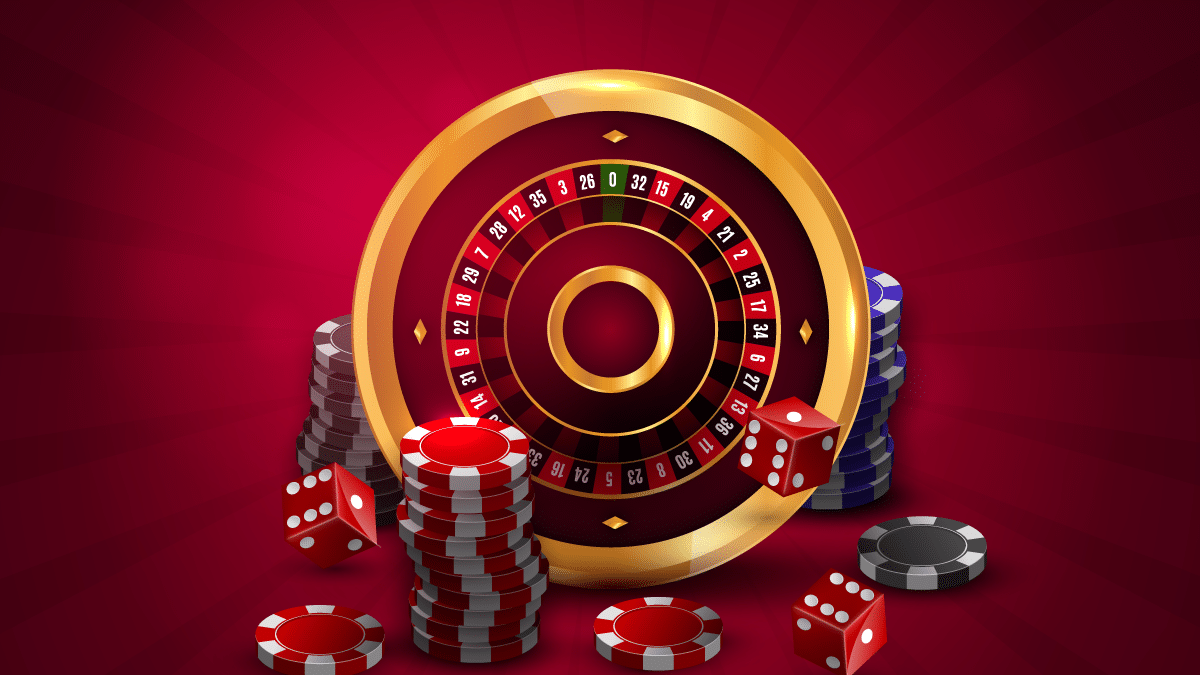Table of Contents
Slot machines have become ubiquitous fixtures in casinos around the world. With their captivating lights and sounds, they entice players with the prospect of thrills and substantial payouts. However, concealed behind the flashy exteriors lies intricate mathematics that enables these lucrative machines to earn considerable profits for casinos.
The Evolution of Slot Machines
Slot machines originated in the late 19th century as purely mechanical contraptions with three spinning reels and modest symbols. If the wheels aligned to display matching symbols, the player achieved a payout. Today’s slots utilize computer software to control digital reels on screens, but the fundamental concept remains intact. Players insert coins or credits to set the reels in motion. Certain symbol combinations result in wins based on the scarcity of those outcomes.
Harnessing the Power of Probability
At its heart, a slot machine is a probability game. Each symbol carries an assigned likelihood of occurring. When the reels spin, those probabilities mathematically determine the final aligned combination. Because some symbols are rarer than others, lining up certain mixes leads to more substantial payouts. Mastering probability is essential to creating profitable slot machines, including popular online slots, as well as to understanding how to maximize returns when playing them. By leveraging the principles of probability, both game developers and players can make more informed decisions, contributing to a more engaging and potentially rewarding experience.
Random Number Generators (RNGs)
The outcomes on modern slot machines are determined by sophisticated software programs known as random number generators (RNGs). Even when the reels are not spinning, the RNG is constantly running in the background, ceaselessly generating long strings of random numbers. Each number is mapped to a specific symbol on the reel. The precise moment a player hits the spin button, the RNG’s current number sequence is used to randomly dictate which symbols will land on the payline. This reliance on pure mathematical randomness ensures the results are completely unpredictable and impervious to outside influence or prediction.
Calculating the House Edge
Two pivotal percentages determine how much slots repay to players over time. The house edge is the casino’s built-in advantage, usually ranging from 2% to 15%. For instance, a slot with a 10% edge implies that over time, the casino will retain 10% of money wagered. The remainder gets paid back to players as winnings, represented by the return to player (RTP) percentage. An RTP of 92% indicates that over many spins, 92% of money will be returned to players.
Law of Large Numbers
While individual spins generate random results, the law of large numbers says over time, the actual outcomes will converge with calculated probabilities. The more spins, the closer the results align with the expected odds. Although short-term returns fluctuate greatly, ultimately the math prevails. Given sufficient plays, the house edge guarantees casino earnings.
Volatility and Payout Models
Unique slots utilize distinct payout models affecting gameplay and experience. High volatility slots deliver larger but less frequent payouts compared to low volatility slots with smaller but more regular wins. Both adhere to the programmed RTP rate but provide players divergent session types. The underlying math dictates how these models distribute payments over short and long time horizons.
Odds of Winning
Looking at well-known slots illustrates the odds. For example, the probability of landing the top jackpot on a typical penny slot is approximately 1 in 50 million spins. Getting three cherries on a classic 3-reel slot has roughly 1 in 50 odds. Although individual results are random, the defined probabilities remain stable long-term.





